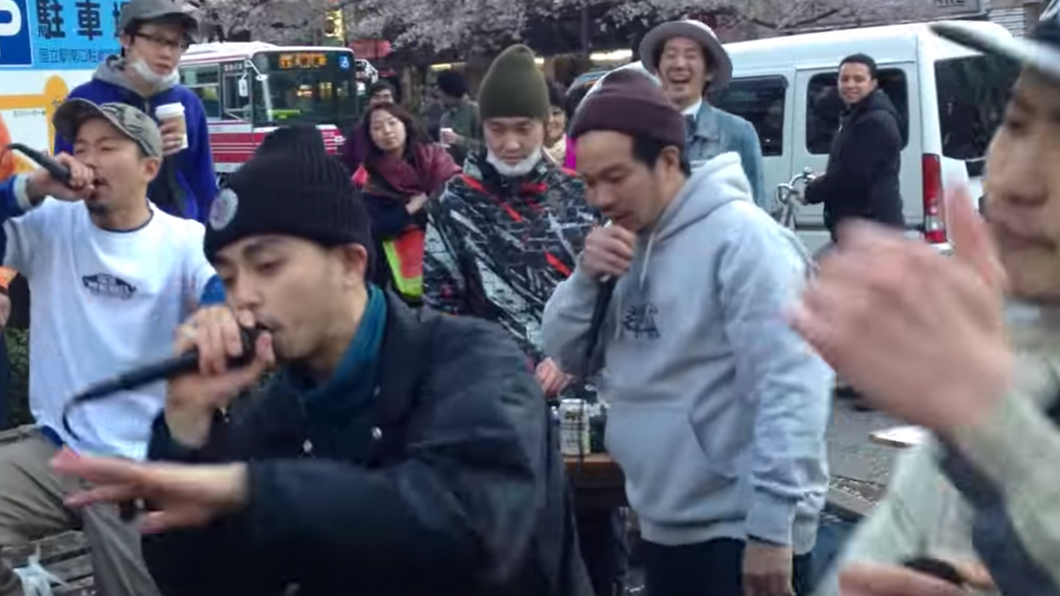
By opening up the main street to artists under the cherry blossoms in full bloom, Sakura Rauibu allows people to enjoy cherry blossom viewing together with the artists. It is not a festival that turns the town into a single colour, but rather a festival where independent and diverse expressions are scattered around the usual street corners.
YouTube 1 / 2
Sakura Live 2015
Sakura Live 2014
[more]
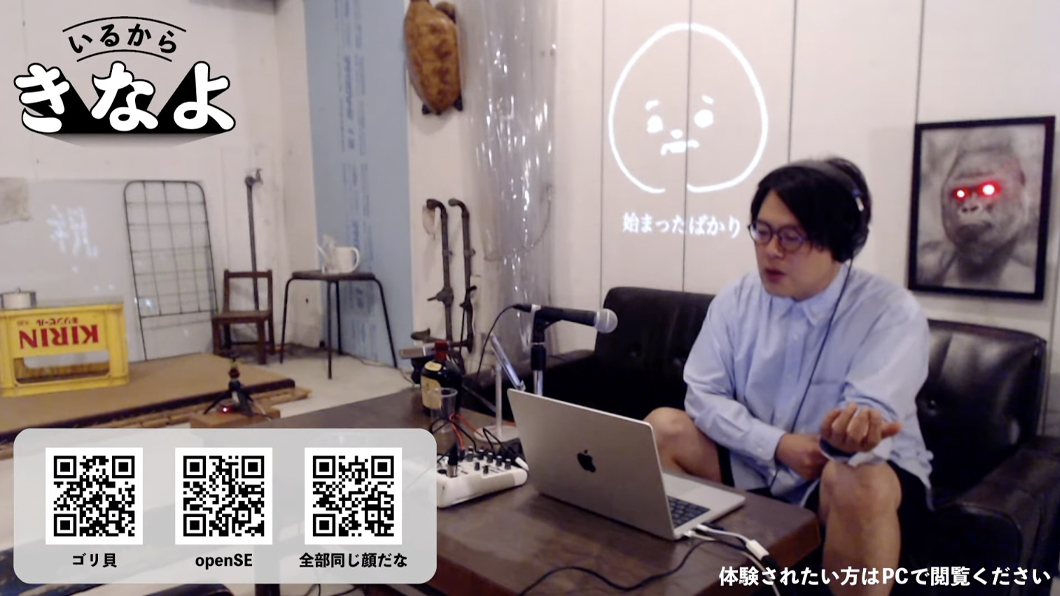
A series of four works that encourage exhibition and collaborative experiences over the internet, deployed via YouTube Live and held in a one-hour solo exhibition. Specifically, ‘Gorigai’, ‘Alive’, ‘openSE’ and ‘All the same face’ were exhibited, with participants committing themselves over the internet, which was facilitated by the artists themselves.
[more]
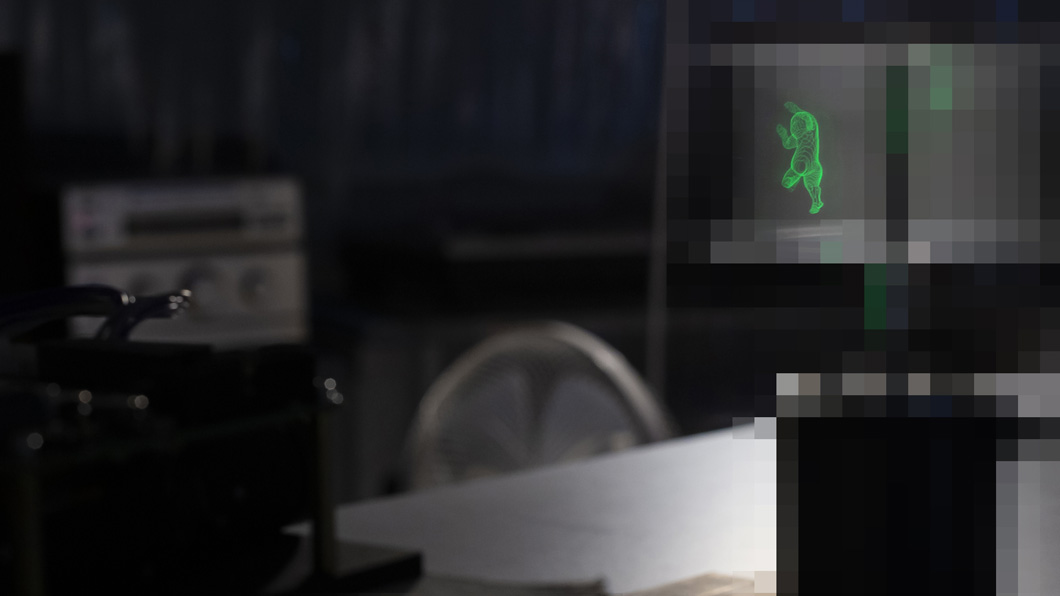
This work constructs a “controllable space-time” that is different from the world we live in, as a phenomenon that occurs in the viewer’s perception. The basis of the work is a technology called “spatial screen. This technology uses a special rotating object and a projector to achieve stereoscopic vision with the naked eye without limiting the viewing range, inexpensively and simply. The author invented the projection principle of the “spatial screen” and has been improving it with his colleagues who specialize in stereolithography and metal processing. Specifically, the 3D model is cut into a circle toward the back and projected onto a special structure at a speed that the viewer’s eyes cannot keep up with, thereby creating a three-dimensional light. A pseudo-space-time is created by giving further temporal changes to the three-dimensional structure thus created. The monkeys dancing in space-time as a visual phenomenon ask questions such as what is time, what is space, what is mass for a three-dimensional object, what does it mean to “see”, what is the world as we perceive it, and what is existence. In addition, due to the fact that it does not limit the viewing area, it will realize the unprecedented activity of “surrounding the image with others and observing it.
This research was supported by JST, COI, and JPMJCE1308.
[more]
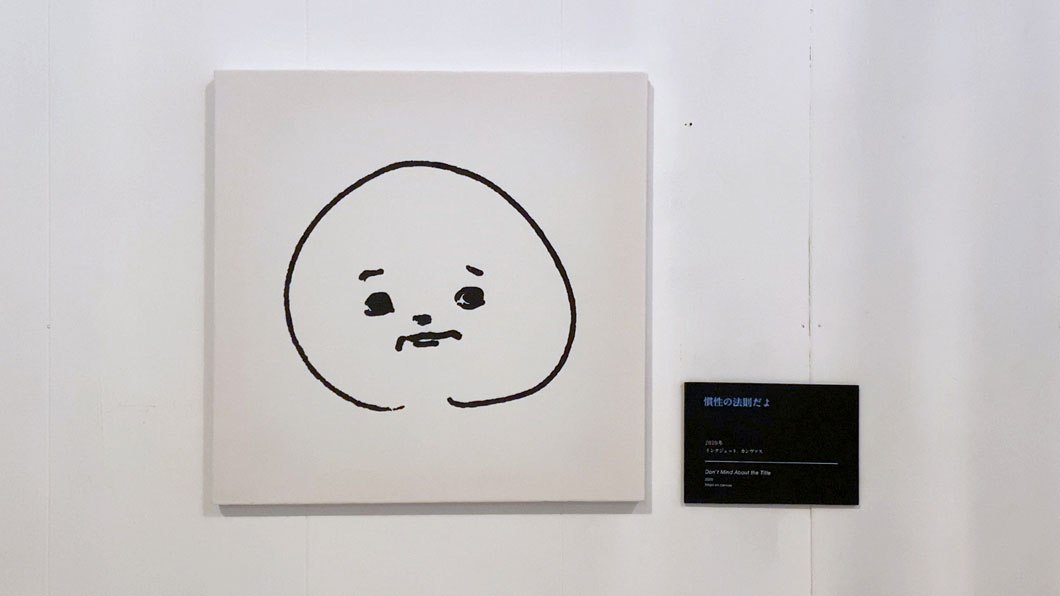
This work is a system whereby the artist prints a doodle of a face he has suddenly drawn on canvas, and visitors can anonymously post the title of the caption of the work from their own smartphones. The base is the website “It’s all the same face” ( https://onaji.org/ ), which is a site for posting interpretations of faces, and the latest postings are reflected in the caption each time. The interpretation of each viewer, which is updated and shared at will, becomes the official work title of the face, placing the artist and the viewer on the same layer, while the viewers also interact with each other, and everyone committed to the work forms a complicity relationship.
YouTube
[more]
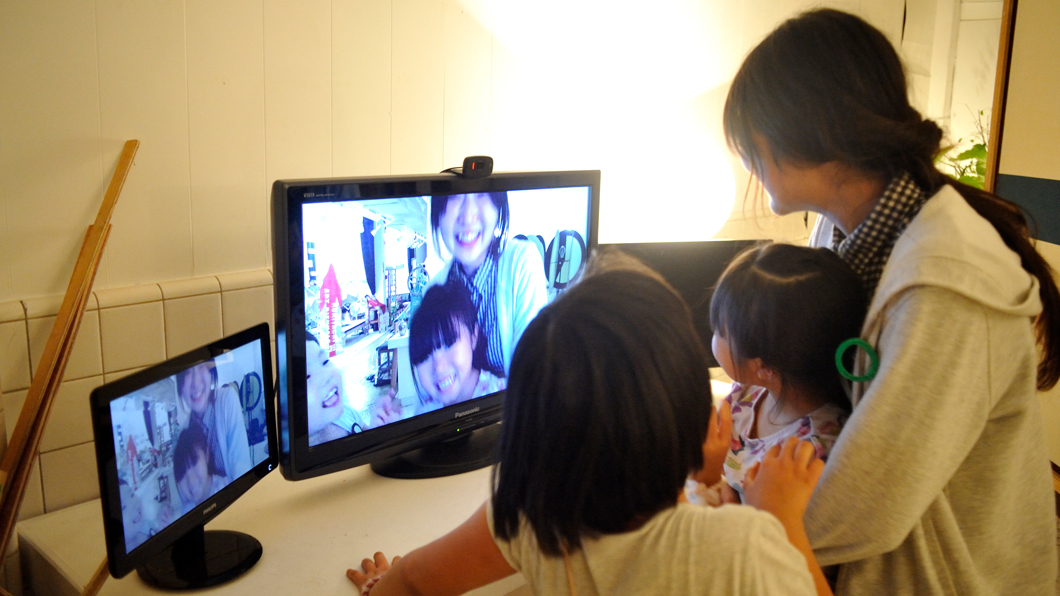
A camera installed above the monitor zooms in on the recognised face with the sound effect “Kaa!” with a sound effect, the device zooms in and forces the promise on the experiencer. The forcing mechanism is an attention-grabbing look by someone. At the same time, the zoom-in in cinematography is a message to the viewer to “pay attention”, thus forcing the attention of others present in the scene as well. The sudden manifestation of self and otherness unconditionally affirms the life of the experiencer.
YouTube
Exhibition
Hikaru Doubutsuen 2019
MEDIA AMBITION TOKYO 2017
After Five Government
Permanent Exhibition
Mask shop OMOTE
Miraikan Shop (終了しました)
Award
19th Japan Media Art Festival
Entertainment Division, Jury Selection
[more]





